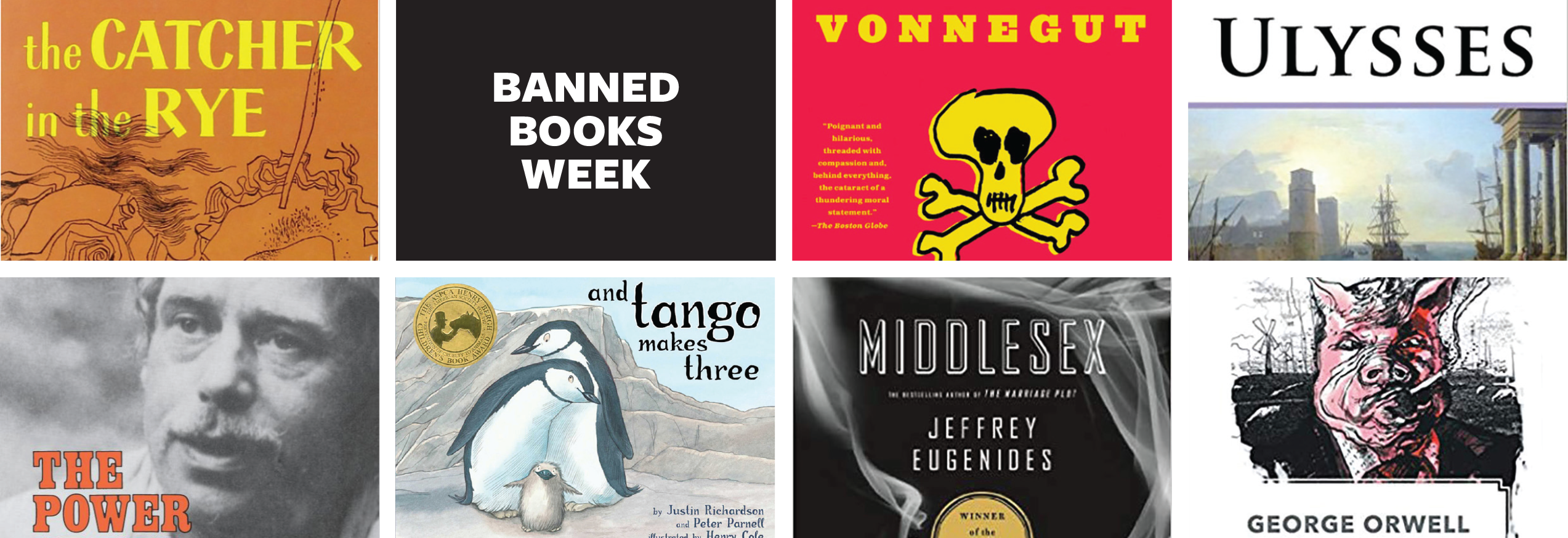
In the dystopian classic Fahrenheit 451, author Ray Bradbury imagines a world where books are verboten, taken as contraband, and routinely set ablaze. Sound far-fetched? Think again. Over the years, governments, schools, libraries, and other institutions across the world have worked to challenge or ban countless books, muzzling free speech and depriving readers of the vital knowledge, powerful stories, and revolutionary ideas tucked between their covers. “There is more than one way to burn a book,” as Bradbury writes in the coda to Fahrenheit 451. “And the world is full of people running about with lit matches.” For Banned Books Week, the Library asked members of the campus community about their favorite banned or challenged works, and responses came pouring in. The books, essays, and poems highlight the irrefutable importance of the freedom of speech and the ability to pursue information, regardless of topic. Each book also underscores the notion that the match used to incinerate our knowledge does not illuminate a path to a brighter future but instead leads only to darkness.
To Kill a Mockingbird (1960)
Nominated by Jennifer Osgood
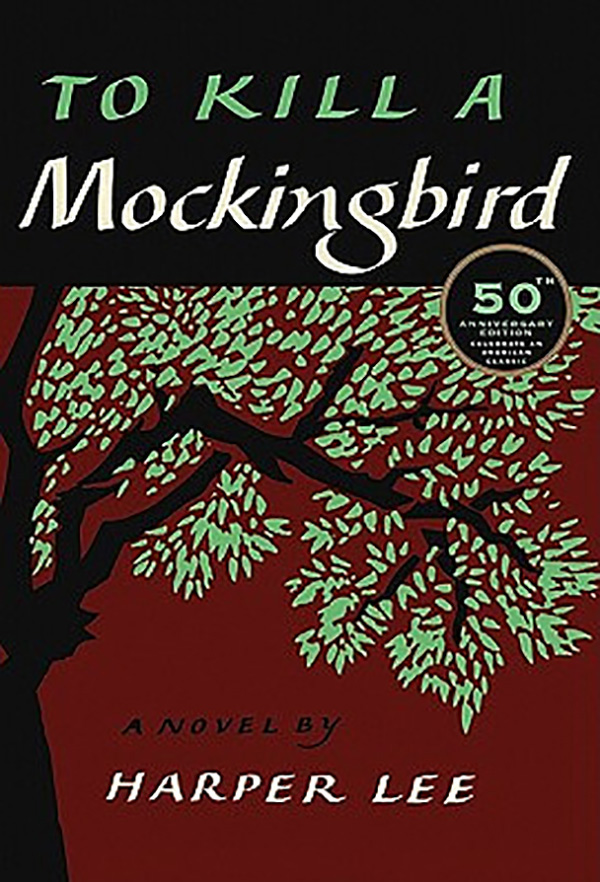
One of the most frequently contested books in the United States, Harper Lee’s To Kill a Mockingbird, complete with dark themes and shocking language, is no stranger to banned books lists. Jennifer Osgood, technical processing lead for Morrison Library, first read the book in eighth grade. “To say it was transformative would be an understatement,” said Osgood, who wrote about the novel in her college application. The book revolves around two children, Scout and Jem Finch, their father, Atticus, and other residents of their small, Southern town. Set in the 1930s, racial tensions boil over when a black man is put on trial for the rape of a white woman, and Atticus agrees to be his lawyer. “Throughout my life, I have returned to this book,” Osgood said. “As a teenager, I fell in love with Scout, for her wry observations of her neighbors and town, her disregard for strict feminine roles, and her unwavering defense of her family and friends. As an adult, I fell in love with Atticus, the book’s moral center. He embodies the strength and courage to keep doing the right thing, even if you know that you won’t ultimately succeed.” To Kill a Mockingbird was recently banned in Biloxi, Mississippi, because the book made people “uncomfortable,” noted Osgood. But it is “just those qualities that make the book worthwhile,” she said. “Good books should make us a little uncomfortable.”
And Tango Makes Three (2005)
King & King (2002)
Nominated by Greg Merrill
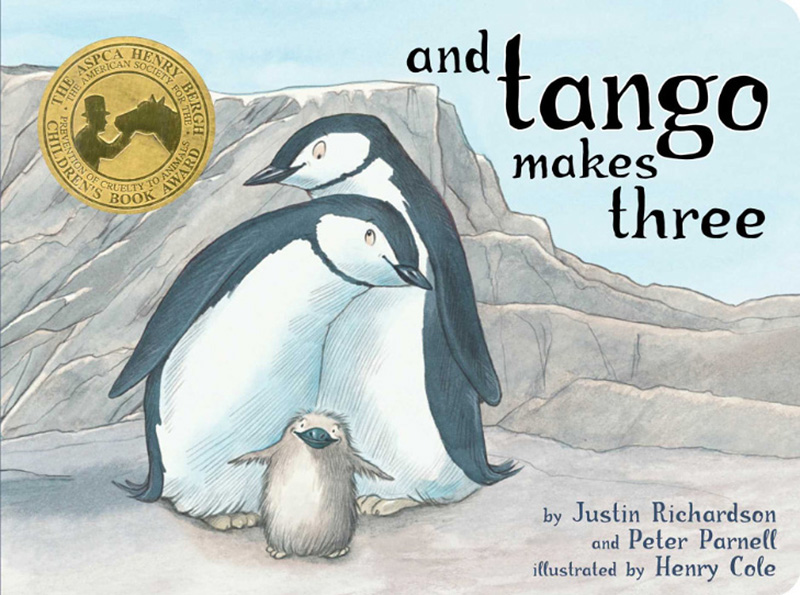
In writing And Tango Makes Three, a children’s book about the true story of two male penguins in New York’s Central Park Zoo who raised a baby together, co-author Justin Richardson said he and collaborator (and real-life partner), Peter Parnell, “wanted to write a book in which kids who have same sex parents would see their family represented.” Greg Merrill, director of field education in the School of Social Welfare, said the book — along with King & King, a fairy tale with a same-sex twist — is important to him and his family. “We are a two-dad family who adopted two children from the foster care system,” he said. “Friends of ours gave us those books to read to our kids from an early age so that they could develop a sense of pride in their family.” But both And Tango Makes Three and King & King have been met with controversy, with critics saying their LGBTQ themes undercut religious freedoms — and each has made appearances on the list of frequently banned books compiled by the American Library Association on more than one occasion. But Merrill looks at the books with fondness. “I’ve read these books countless times to (my children) during their childhood, particularly when they were in preschool or early elementary school,” he said. “I can’t imagine not having them available.”
Slaughterhouse-Five (1969)
Nominated by Jesse Loesberg
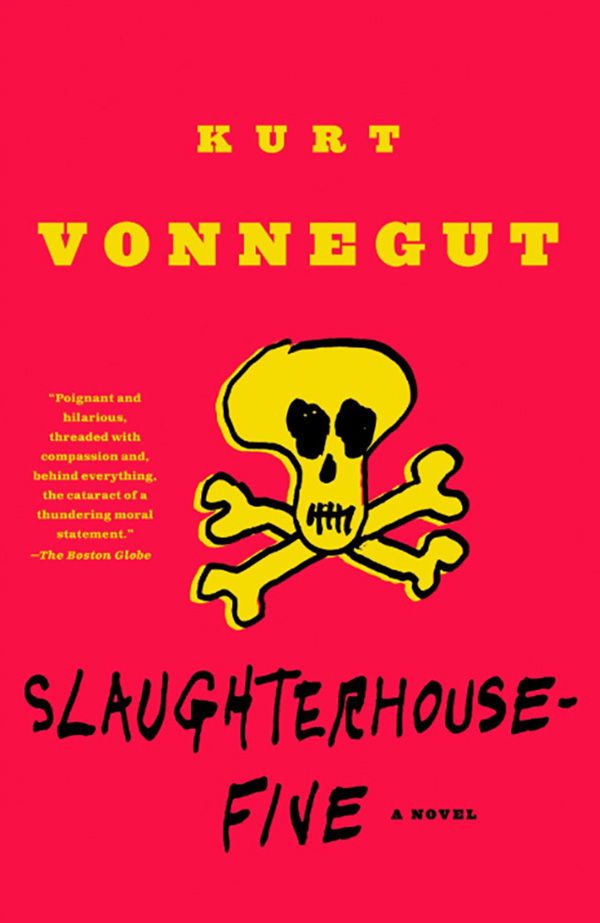
“Depraved, immoral, psychotic, vulgar, and anti-Christian.” So reads the criticism of a circuit judge in Oakland County, Michigan, who, in 1972, banished Slaughterhouse-Five from the town’s public schools — just one of many challenges to the classic 1969 anti-war novel over the years. “It’s banned for lots of reasons, but ‘anti-Christian sentiment’ is among the most popular,” said Jesse Loesberg, a web designer for the Library. “Whatever.” The novel describes the erratic, sometimes erotic, odyssey of Billy Pilgrim — a small-town optometrist who gets swept up in World War II, becoming a prisoner of war and witnessing the American firebombing of Dresden. Upon his capture, Billy begins to zigzag across space and time, flitting in and out of Earth and its subscriptions to sanity. “What makes this book so valuable is the way Vonnegut sets hilarious, science-fiction-type speculation up next to harrowing images of World War II,” said Loesberg, who first read the book in ninth grade. “It’s a crazy, brilliant approach to writing an anti-war novel, which I don’t think anyone else has done before or since.”
The Power of the Powerless (1979)
Nominated by Xiao Qiang

How do you fight the hypocrisy of a totalitarian government? By “living within the truth,” writes Václav Havel in his expansive essay, “The Power of the Powerless” (translated from the Czech title, “Moc bezmocných”). Written just before Havel was jailed for his political activism, the essay called for those living under Soviet rule in the 1980s to stand up to their oppressors — first and foremost by recognizing their power to demand truth among a sea of propaganda and hoax. “There are times, when we must sink to the bottom of our misery to understand truth, just as we must descend to the bottom of a well to see the stars in broad daylight,” writes the author, who later became the first president of the Czech Republic. According to Xiao Qiang, an adjunct professor in UC Berkeley’s School of Information, the essay had a profound impact on dissidents in Eastern Europe, becoming a “manifesto for dissent” in Czechoslovakia and other communist regimes. Qiang first encountered the text in 1991, when he was the executive director of the New York-based organization Human Rights in China. The organization mailed more than a thousand translated copies of the essay to China, where it was banned in 2003 by authorities. “Even today, for Chinese readers, the essay still has powerful resonance in their reality,” said Qiang, who researches state censorship and control tactics within China’s cyberspace.
Scary Stories to Tell in the Dark (1981)
More Scary Stories to Tell in the Dark (1984)
Nominated by Alison Wannamaker
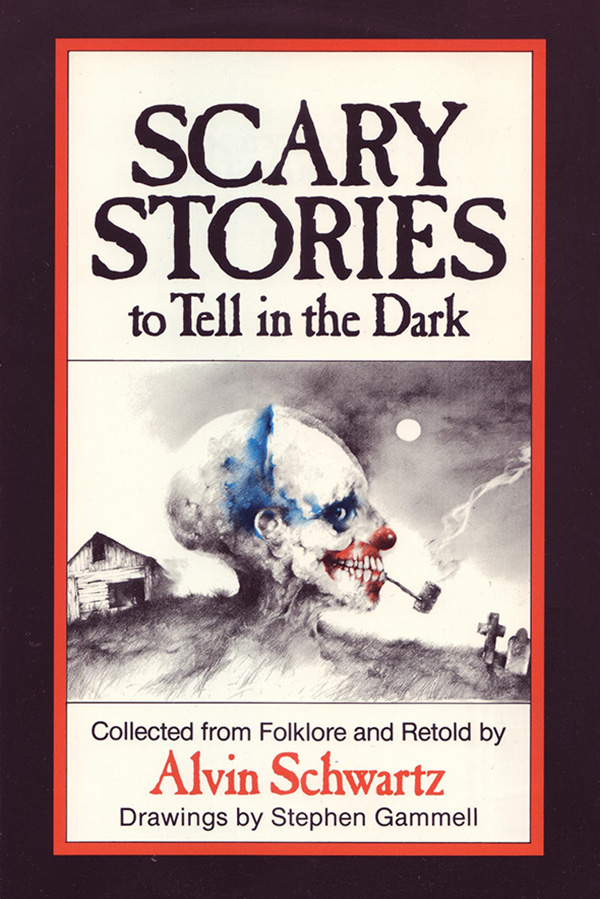
About a decade before Goosebumps made its way onto kids’ bookshelves — and into their nightmares — there was another children’s series keeping kids up at night. Written by Alvin Schwartz, Scary Stories to Tell in the Dark draws on folklore and could-it-be-true urban legends across three volumes to inject terror into the minds of young readers. “At 6, I read them over and over again, and liked to read them out loud to try to ‘scare’ my family, especially my little brother,” said Alison Wannamaker, a graphic designer for the Library. In addition to enjoying the nightmarish stories, Wannamaker was captivated by the haunting illustrations by Stephen Gammell. (According to the American Library Association, Scary Stories was the most frequently challenged series or book of the ’90s.) Wannamaker remembers checking out the first two books of the series from her local public library as a kid so often that her mother ended up buying the books for her. Wannamaker’s (now worn) copies have followed her into adulthood, moving with her to college and “everywhere else I’ve lived as an adult,” she said. “I loved those books and felt like I was reading something that I shouldn’t be.”
Ulysses (1922)
Nominated by Stacy Reardon
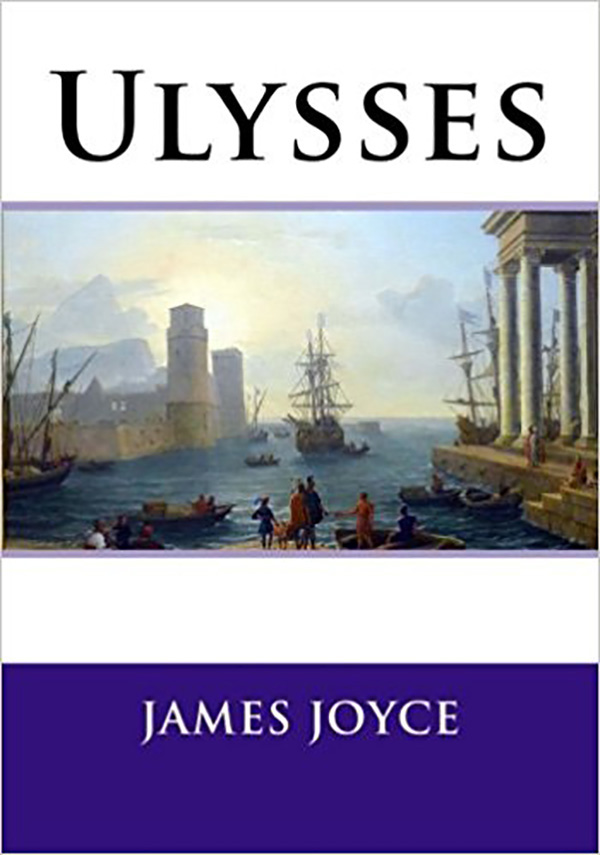
James Joyce’s Ulysses is a lot of things: strange, lovely, infinite. But obscene? That’s what the U.S. Post Office believed when it burned all copies of the book arriving in the country throughout the 1920s. For several decades after Ulysses’ publication, countries around the world banned the novel because of its inclusion of scenes typically kept private in the literary world. (“That slight constipation of yesterday quite gone. Hope it’s not too big bring on piles again. No, just right,” muses the book’s protagonist after a pleasant bowel movement.) The epic novel follows the journey of “everyman” Leonard Bloom over the course of a single day in Dublin, using stream-of-consciousness and eccentric language to reveal the heroics of an ordinary person with decidedly ordinary struggles. “A complex and gorgeously written masterpiece, its difficult language appealed to the literary code-cracker in me,” said Stacy Reardon, literatures and digital humanities librarian, who first read the novel as an undergraduate student in Dublin. “Nothing much happens, and yet so much does.” Ulysses wasn’t released in the United States in full for more than a decade after publication — when a judge ruled in 1933 that, when evaluated as a whole, the novel should not be considered obscene. “The court case influenced the way obscenity law was applied to creative works that followed,” Reardon said.
Animal Farm (1945)
Nominated by Lark Ashford
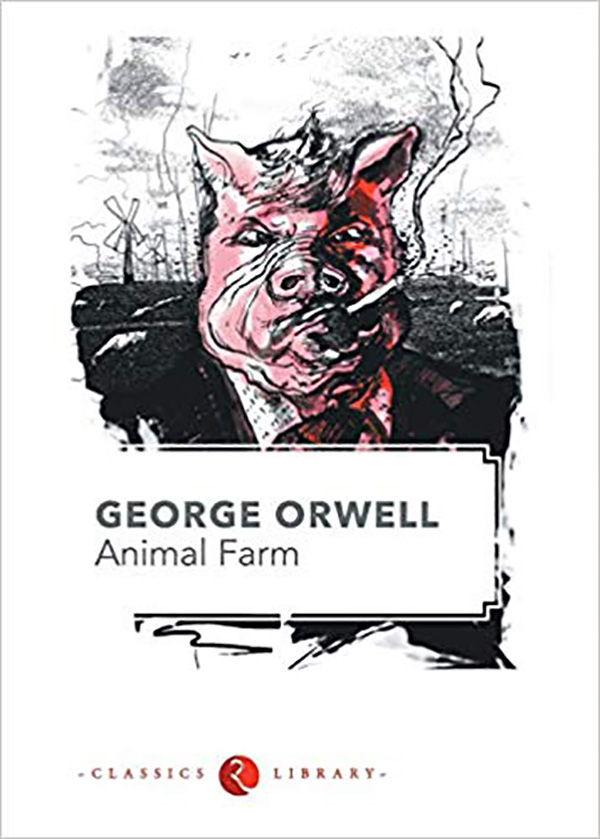
Before George Orwell killed our ignorance and peace with Big Brother and doublespeak, he offered even clearer political satire in the form of Animal Farm — an allegorical novella first published in England in 1945. In the book, a barn full of animals stage a revolt against the human masters of the farm. After a successful first riot, the animals quickly fall into what seems like a logical system of law, order, and class division — with two fat pigs vying for the top position. Eventually, revolution turns to tyranny as the pigs wallow in their newfound power. According to Orwell, the story reflects the events leading up to the Russian Revolution of 1917 and the Stalinist era of the Soviet Union. “Not shockingly, the book was immediately banned in the Soviet Union, Cuba, and China, which are all communist countries that didn’t want their government to be criticized,” said Lark Ashford, archival technician at The Bancroft Library. “The satire of the book is important for all humans. If you never read it, I highly recommend that you do.”
The Catcher in the Rye (1951)
Nominated by Shannon Monroe
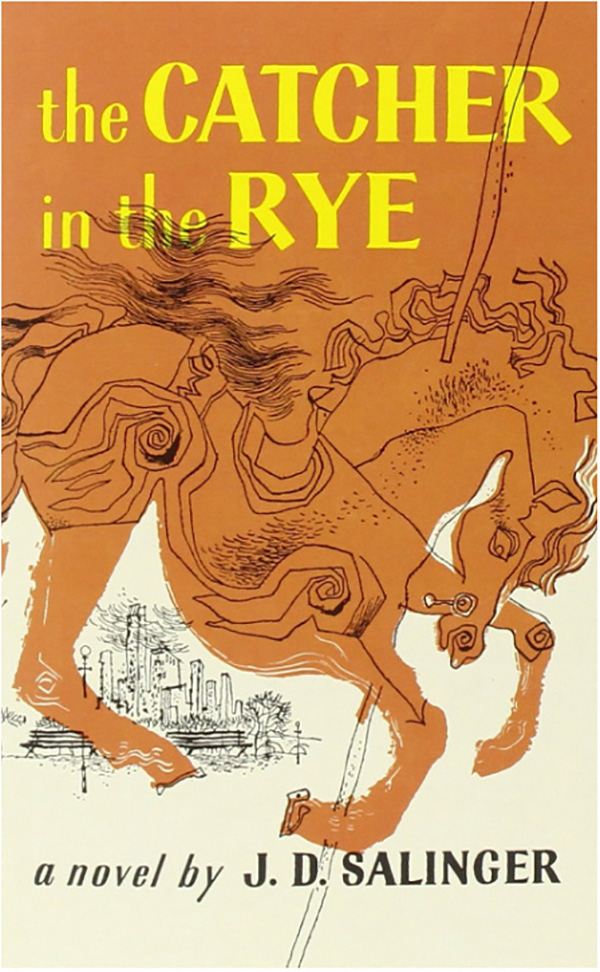
Yes, The Catcher in the Rye is about being real with people — and not tolerating phonies. “It is also about teenage angst, rebellion, loneliness, affection, and emotional connection or the lack thereof, and a million other things,” said Shannon Monroe, the head of lending and photoduplication in Interlibrary Services, who first read the book when she was in junior high. Although it was originally published in the mid-1940s (in serial form; the novel was published in 1951), new generations of readers have embraced the work, finding a kindred spirit in its disaffected, disillusioned 16-year-old central character, Holden Caulfield. The Catcher in the Rye is a mainstay on the American Library Association’s annual list of frequently challenged books, with reasons for contesting it including the book’s sexual content and offensive language. Holden also drinks underage, Monroe notes, and there are situations with prostitutes. “Also … it showed a glimpse into what teenage boys really think and go through in their dealings with school, their families, the friends, and society in general,” she said.
Middlesex (2002)
Nominated by Anna Sackmann
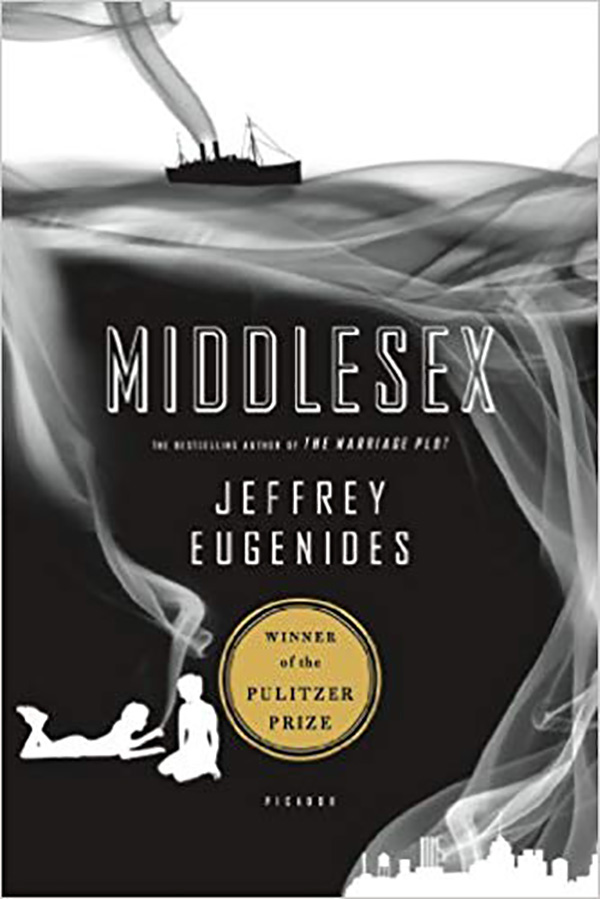
Middlesex is not your typical coming-of-age story. In addition to its memoir-style narrative, the novel, which won author Jeffrey Eugenides the Pulitzer Prize for fiction in 2003, traces the path of one genetic mutation as it’s transmitted through three generations of a Greek American family. That path leads to Cal, the intersex character at the heart of the book. Against the backdrop of 1960s and ’70s Detroit (and San Francisco), Cal struggles with, and confronts, the complex issue of identity. “The book's value (to me) comes from Eugenides’ portrayal of an intersex character who draws a deep sense of compassion and empathy from the reader,” Anna Sackmann, science data and engineering librarian, said of the book, which has been banned from prisons in Texas. “Every component of the story touches on the importance and need for open and loving discourse on gender identity.”
Lord of the Flies (1954)
Nominated by Aisha Hamilton
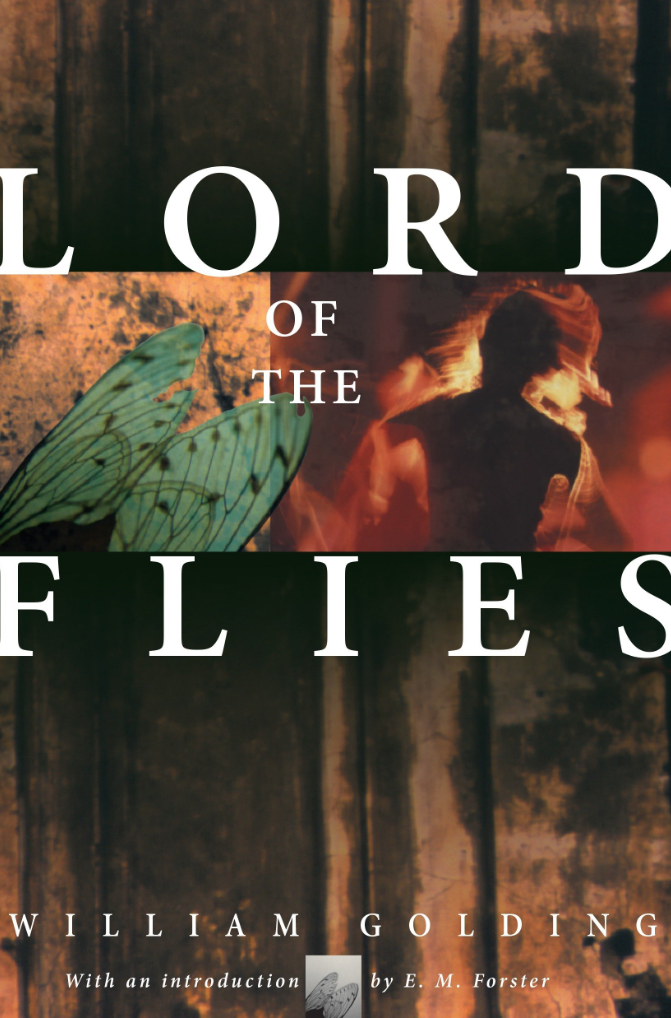
Picture the reality TV show Survivor — but with kids. That will get you somewhere in the ballpark of William Golding’s The Lord of the Flies. Challenged on the basis of everything from violence to sexual references to implying “that man is little more than an animal,” the book follows a group of British children who survive a plane crash and are forced to fend for themselves on an island, with nary an adult in sight. Aisha Hamilton, exhibits and environmental graphics coordinator for the Library, first read the novel in her ninth-grade English class. “Golding shared a story that introduced me to a world that was untethered by conventional boundaries,” she said. “The idea that people naturally form groups, communities, and governments to control personal values, traditions, and ideas was a powerful concept for a sheltered teenager growing up in suburban America. As an adult, The Lord of the Flies gives context to the degradation of the human condition in this privileged society when poor leadership supersedes morality.”
Howl and Other Poems (1956)
Nominated by Lee Anne Titangos
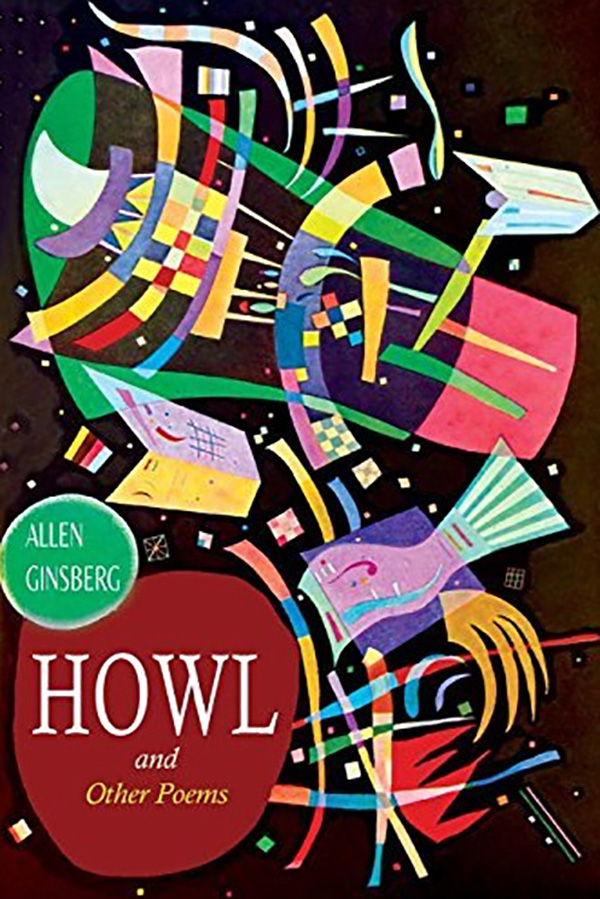
Allen Ginsberg’s Howl and Other Poems is known as one of the defining works of the Beat Generation. But it also is remembered for other reasons — not least of them being the highly publicized obscenity trial following its release. Published by San Francisco-based City Lights Books in 1956, Howl was praised for its innovative, unconventional style and was regarded as an unapologetic outburst of self-expression. The work, written from the point of view of a gay man, was released at a time when homosexuality was still far from being accepted, and critics slammed it for its sexual references, both subtle and overt. In March of 1957, U.S. Customs officials seized more than 500 copies of the work as it arrived from City Lights’ London-based printer, on the grounds it was obscene and indecent. San Francisco police officers went on to arrest Shig Murao, the manager of City Lights Bookstore, and Lawrence Ferlinghetti, City Lights’ publisher. The obscenity trial that ensued was highly publicized and culminated in a judge’s decision that the Howl was not, in fact, obscene, owing to its “redeeming social importance.” Lee Anne Titangos, instruction and information specialist at The Bancroft Library, first encountered the “delightfully obscene” work in 2012, after a class visit with Anthony Bliss, Bancroft’s former rare books and literary manuscripts curator, where the censorship of James Joyce’s Ulysses came up. Titangos became fascinated with the topic, and Bliss pointed Titangos in the direction of Howl. “That summer, I researched the supporting material Bancroft had on the writing of Howl, its publication, and ensuing trial, and by the fall semester, started incorporating the poem and its troubled history into multiple (class visits) I taught,” she said. Bancroft has copies from the first printing and the second printing (which was seized by U.S. Customs), letters from Ginsberg, trial transcripts, letters of support (“including from UC faculty,” Titangos notes), and more.